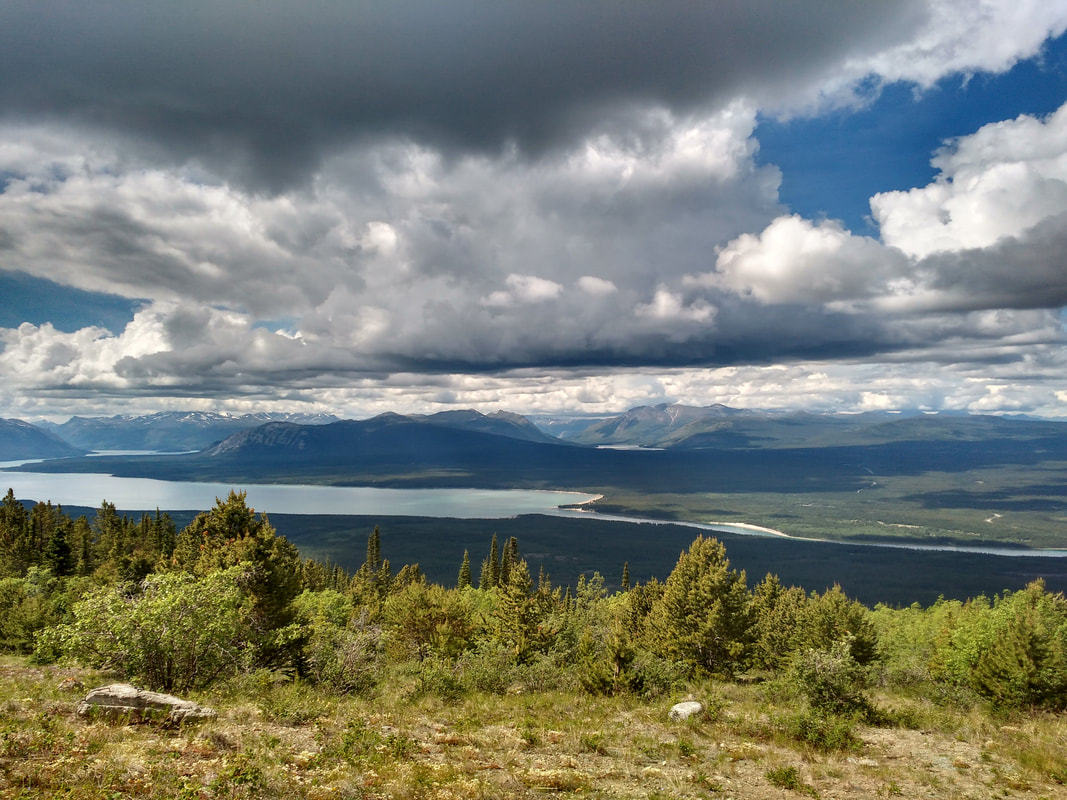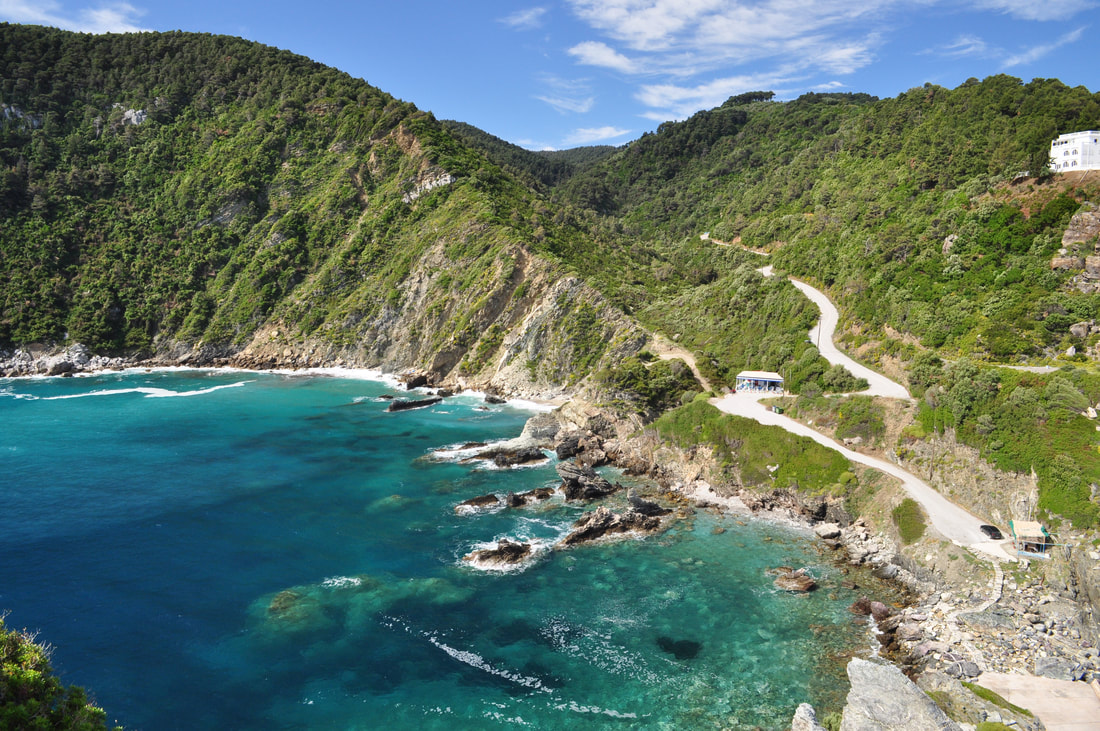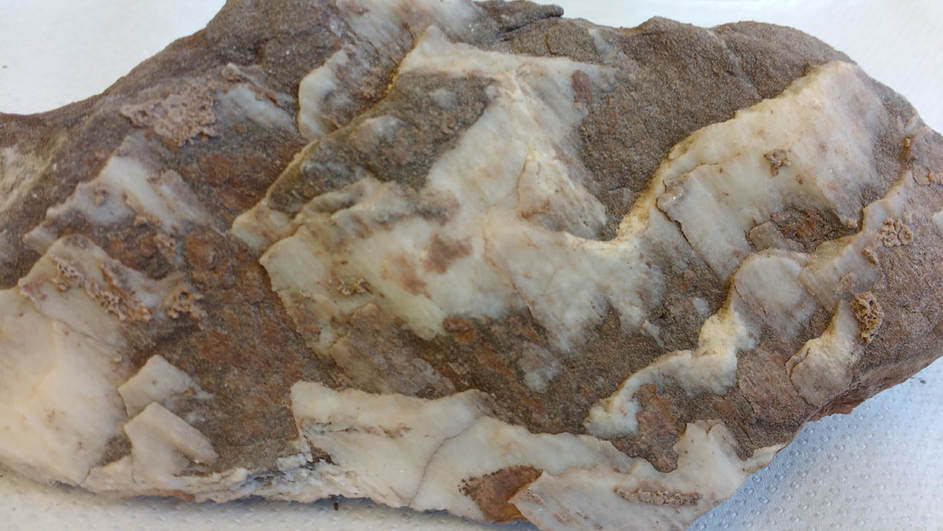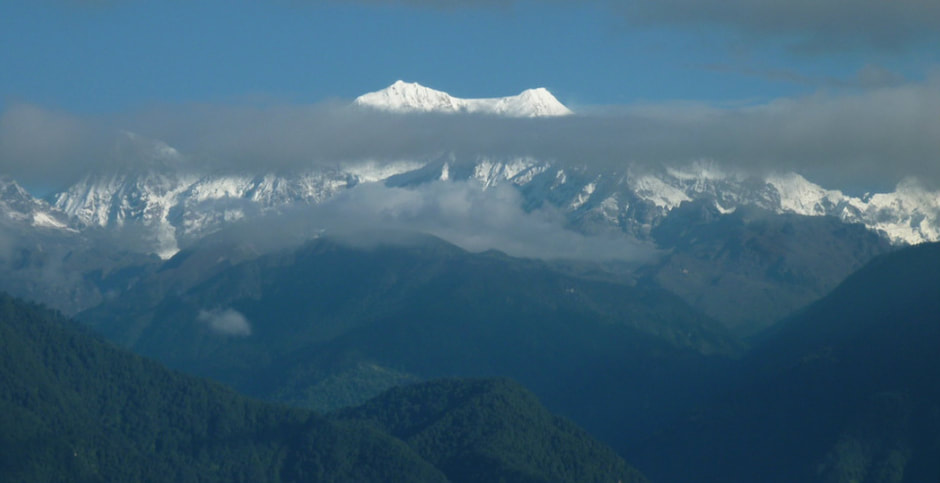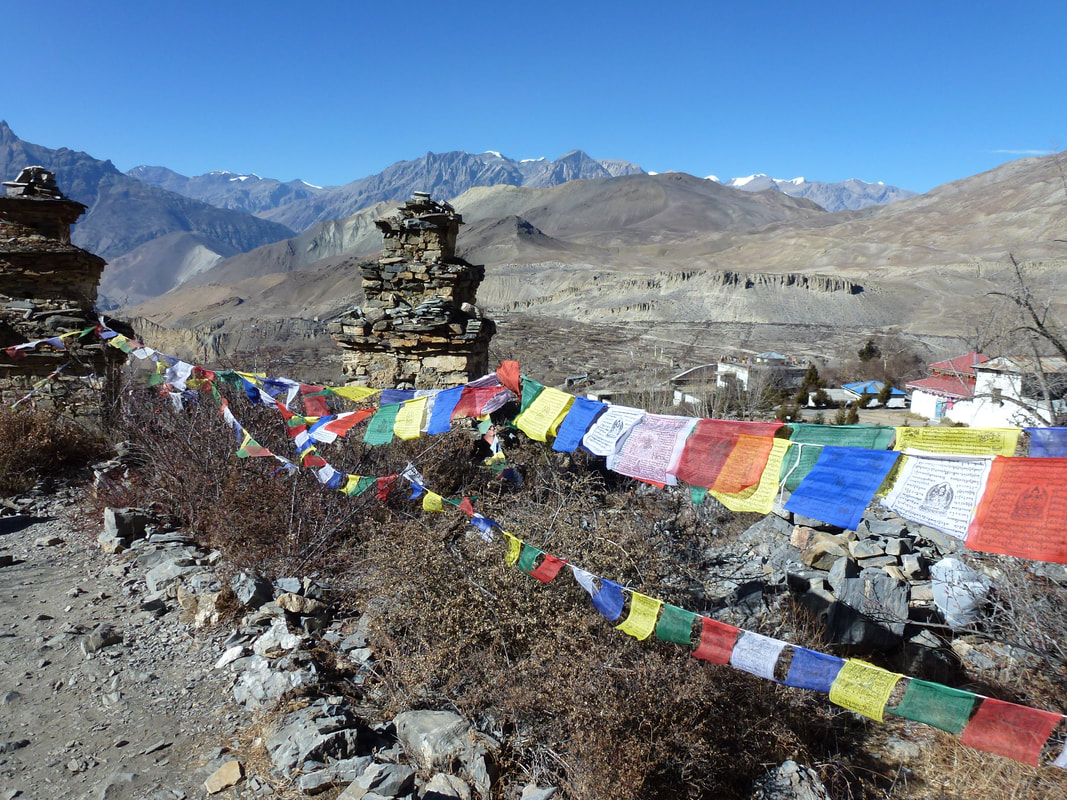Learn about my research in this Geology Bites Podcast
Gold mineralisation in Yukon
The Canadian Cordillera is one of the Earth’s foremost examples of an accretionary mountain belt, formed over the last >200 million years. The central Yukon region of the northern Cordillera underwent a prolonged history of deformation, faulting, magmatism and related mineralisation during terrane accretion. The Dawson Range in the central Yukon is locally enriched in Au, Cu, Mo and other metals largely association with magma bodies (porphyry, epithermal and skarn type deposits) hosted within large continental-scale strike-slip fault zone systems, such as the Big Creek Fault (BCF) and Llewellyn Fault systems.
In this NERC Arctic Office-funded project in collaboration with the Geological Survey of Canada, Triump Gold and Core Assets, we use in-situ laser ablation U-Pb calcite dating to directly date mineralised carbonate veins from probable Late Cretaceous porphyry deposits associated with the BCF and Llewellyn Fault.
In this NERC Arctic Office-funded project in collaboration with the Geological Survey of Canada, Triump Gold and Core Assets, we use in-situ laser ablation U-Pb calcite dating to directly date mineralised carbonate veins from probable Late Cretaceous porphyry deposits associated with the BCF and Llewellyn Fault.
Calcite U-Pb dating
My research focuses on developing techniques for directly-dating deformation events and processes within active
tectonic environments on Earth. I focus on the dynamic settings in the Earth's crust where the large amounts of energy
built up during continental collision events is released by rock movement along faults. My research actively involves
developing and using laser ablation (LA) geochronology techniques to directly-date past movement on these
(seismically) active structures that accommodate much of the stress built up during mountain-building processes. Recent
developments have meant it is possible to date minerals that grow on fault surfaces during faulting (such as calcite and
clays) using radiometric dating techniques. I am particularly interested in this developing innovative new methods to date
non-traditional mineral geochronometers such as calcite, with applications to (seismically) active faults in the Himalaya, Greece, Arctic Canada and beyond.
tectonic environments on Earth. I focus on the dynamic settings in the Earth's crust where the large amounts of energy
built up during continental collision events is released by rock movement along faults. My research actively involves
developing and using laser ablation (LA) geochronology techniques to directly-date past movement on these
(seismically) active structures that accommodate much of the stress built up during mountain-building processes. Recent
developments have meant it is possible to date minerals that grow on fault surfaces during faulting (such as calcite and
clays) using radiometric dating techniques. I am particularly interested in this developing innovative new methods to date
non-traditional mineral geochronometers such as calcite, with applications to (seismically) active faults in the Himalaya, Greece, Arctic Canada and beyond.
Directly dating paleoseismicity in the Himalaya
This project aims to directly date the timing of past fault displacements in the critical zone responsible for catastrophic seismic events within the largest active mountain belt on Earth, the Himalaya.
Understanding deformation in accessory phases
The rates and timescales of Earth processes such as mountain building are determined from tiny accessory minerals that record geological time through radioactive decay. This research aims to test how well these minerals such as monazite and titanite preserve a record of geological time during crystallisation and deformation in a variety of plate collision zones such as the Himalaya.
Himalayan tectonics
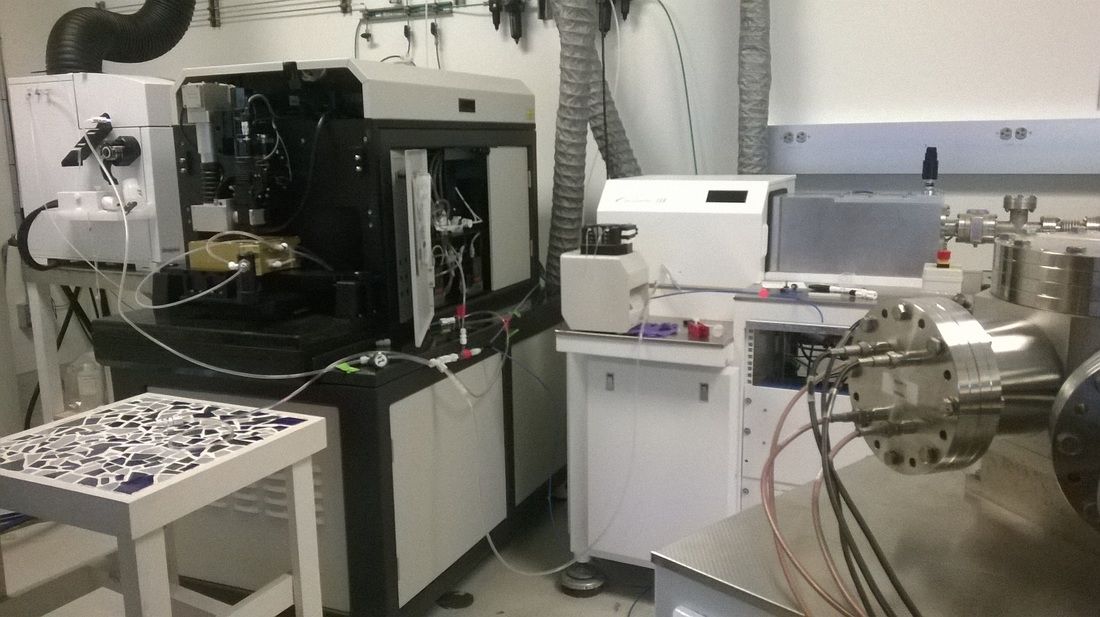
Mountains form where the Earth’s plates collide; during this upheaval rocks are deformed by massive forces. The Himalayan orogen represents the ideal natural laboratory to decode the record of the deformational processes encrypted in the rocks. In the eastern region of Sikkim, a unique series of ‘time windows’ are exposed by doming of a major ductile fault, revealing the inner workings of one of the major mountain-building structures that accommodated the India-Asia collision.
The temporal and thermal evolution of the complex zone of deformation associated with this structure, the Main Central Thrust (MCT), was investigated using a combination of whole rock geochemistry (εNd), geochronology (U-Pb and 40Ar/39Ar), accessory and major phase geochemistry, and pressure-temperature modelling.
The results demonstrate that: (1) isotope geochemistry can distinguish rock packages that have been juxtaposed over many hundreds of kilometres in complex ductile shear zones; (2) during prolonged ductile deformation of the MCT zone from ~21–9 Ma there was progressively downwards-penetrating deformation and accretion of colder original footwall material to the hotter hanging wall; (3) the associated zone of inverted Barrovian metamorphism documents a sequence of ‘paleo-thrusts’ that evolved as the structure deformed rocks at successively lower pressure and temperature conditions (>650 to <500°C and 8 to 10 kbar); (4) during the Miocene thrusting progressed at a rate of ~10 mm yr−1, followed by moderately rapid exhumation at a rate of ~50–70°C Ma−1. These findings are consistent with a tectonic model where rocks were accreted to a partially-molten mid-crustal channel of ductilely deforming material along the MCT.
This study provides new insight into how deformation is accommodated along major thrust faults during mountain building and has implications for how geological tools such as linked geochronology-geochemistry and P-T modelling are used to aid the interpretation of rock deformation in the cores of evolving mountain belts.
